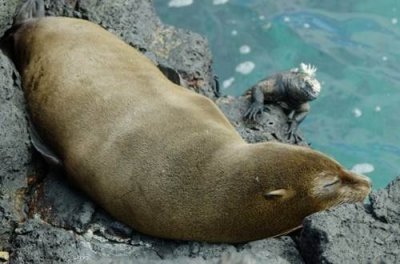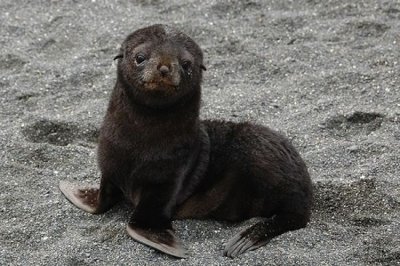So, i get that there was a war on, and shortages, and all that, hence wartime issue A-2's come in a wide range of browns from very dark seal, to reddish brown, to more tan colors, but the A-2 contracts started before the war, when there weren't shortages, so why did they specify two colors; seal and russet (I don't know what the actual pre-war terms for those colors would have been).
Wouldn't it have been simpler to just choose one color?
In fact, wouldn't it have been easier to specify, say, black, and then not have to worry about all the different shades of brown being supplied?
Wouldn't it have been simpler to just choose one color?
In fact, wouldn't it have been easier to specify, say, black, and then not have to worry about all the different shades of brown being supplied?


